Megkértük rezidenseinket, hogy osszák meg velünk visegrádi projekt-tapasztalataikat.
We have asked our residents to reflect on their Visegrad experience.
Czinki Attila
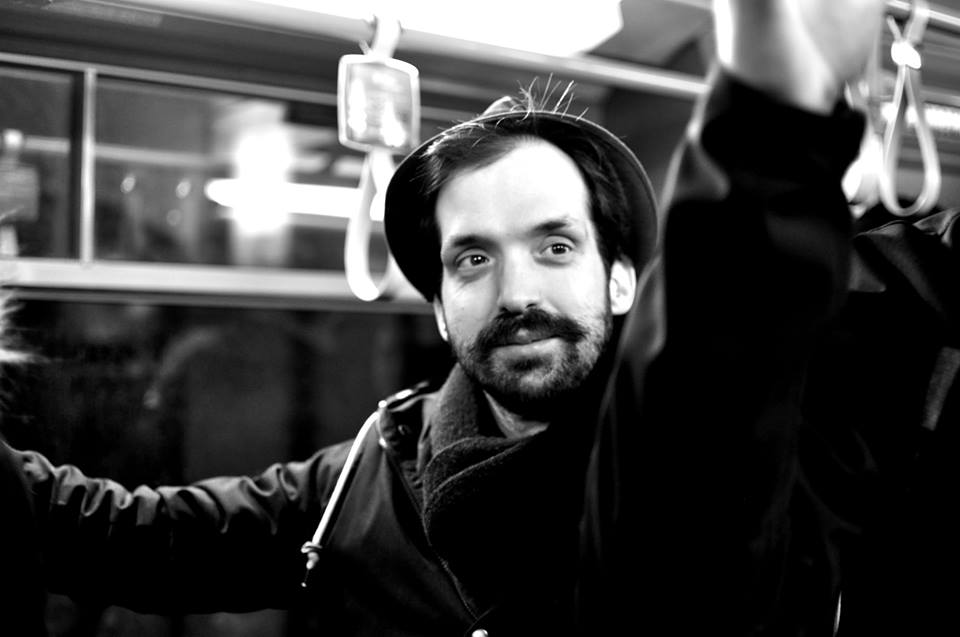
fotó: Anna Dudzinska
Hogy mit jelentett számomra az ösztöndíjas program? Erre elég könnyű válaszolni. Egy könyvet, egy új várost a térképemen, legalább három új barátot és megannyi további lehetőséget, ötletet. Elég jó ajánlat, nem?
What did the residency program mean to me? Well, that's easy. One book, one new city on my map, at least three new friends, and so many further chances and ideas. Pretty good deal, isn't it?
Cserháti Éva
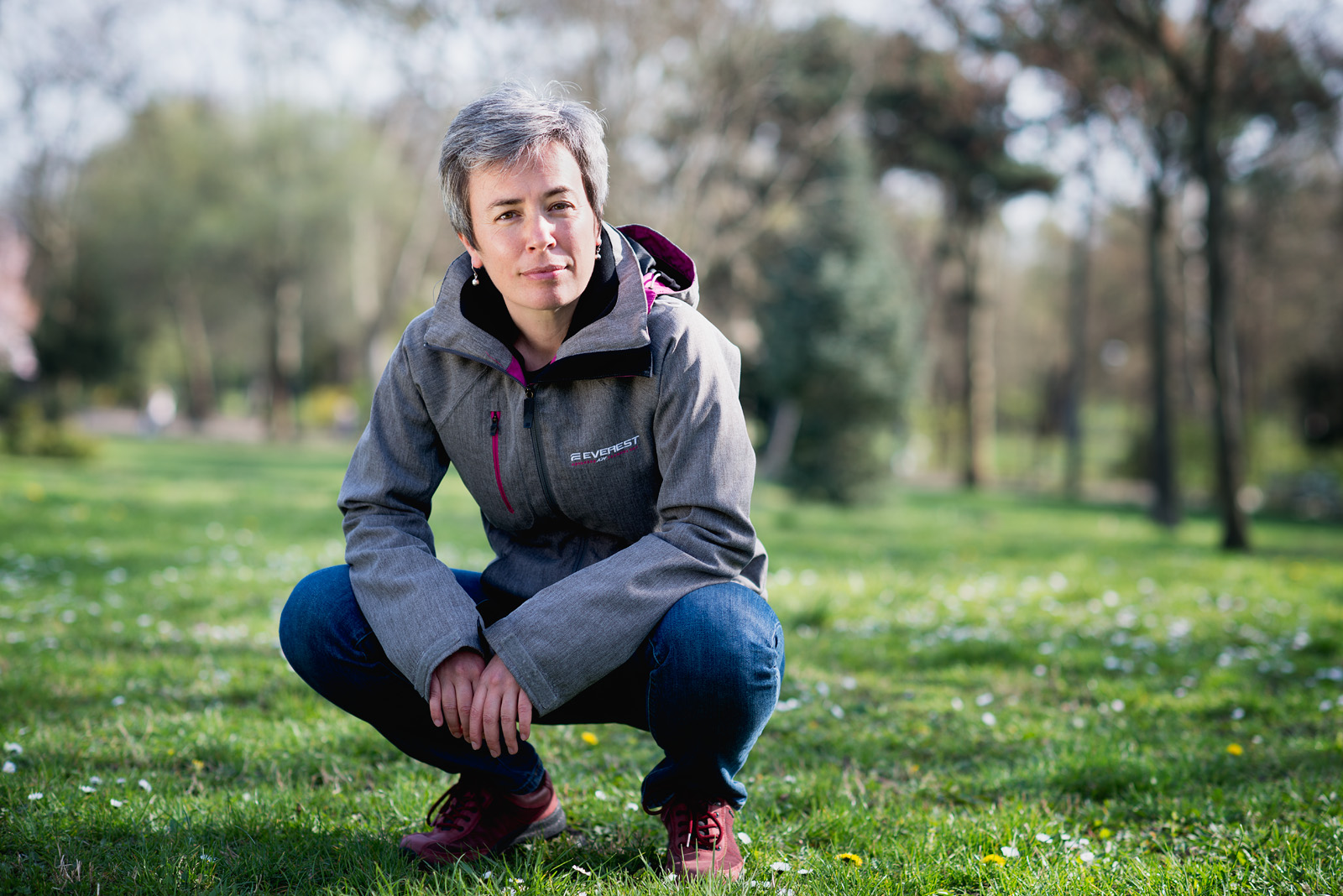
Három szenvedélyem van: a futás, az írás és a nőmozgalom. A krakkói Villa Decjusza olyan hely volt, ahol mindegyiknek hódolhattam.
I have three passions: running, writing and women’s movement. The Villa Decjusza in Kraków was a place where I could nurture all of them.
Deres Kornélia
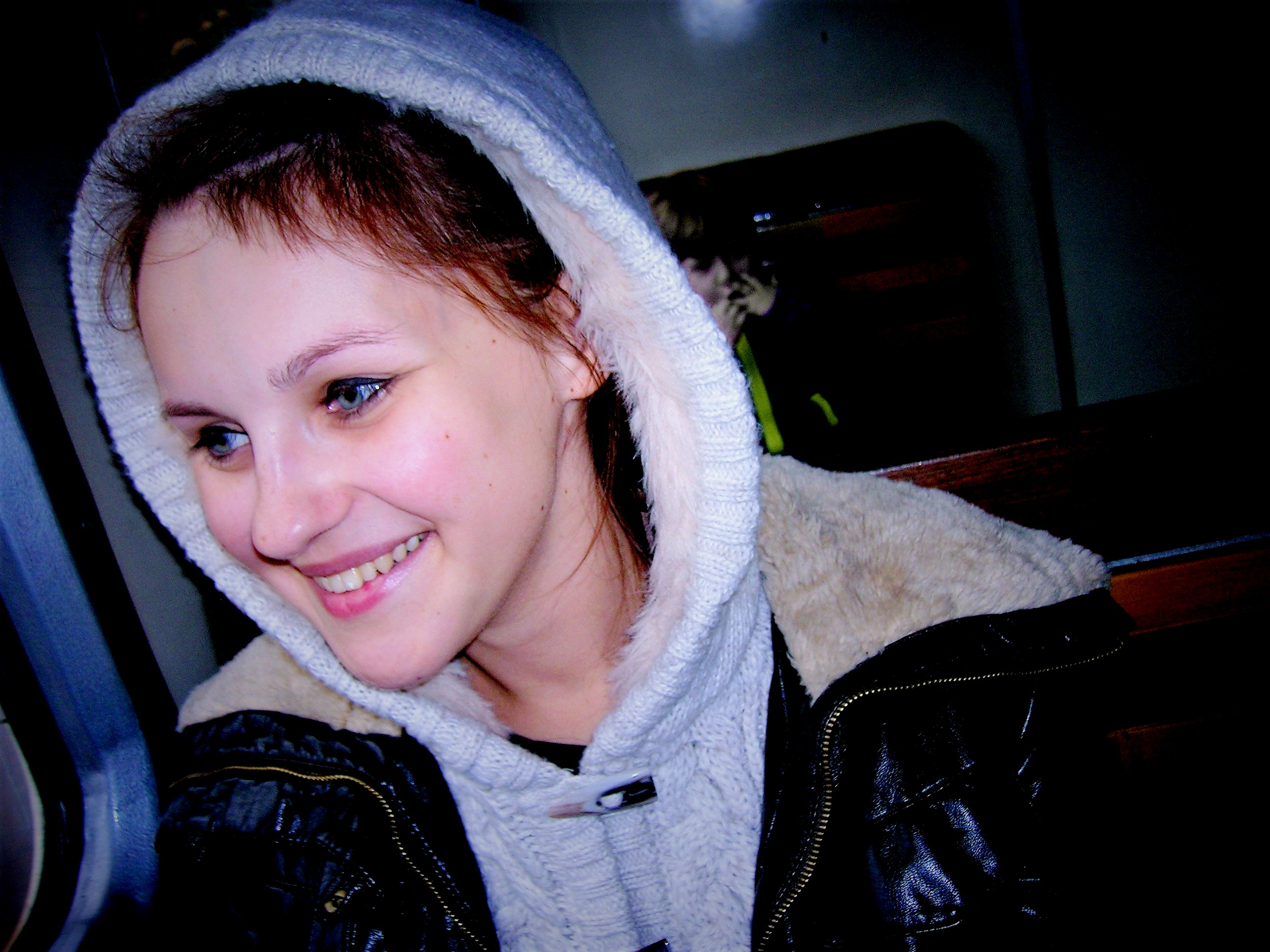
„A híd két végében pedig prágai jézuskák várnak: Milostné Prazske Jezulatko. Pufók dedek, gigantikus aranykoronával a fejükön. Nippek ők, cseh nosztalgia-falatkák. Saját őszöm Prágában pont egy ilyen aranykoronás, kövér porcelánded mellett töltöttem, egy viszonylag átlátszó üvegvitrin mögött.” (Deres Kornélia: Praha Baba)
„At the ends of the bridge there are small Jesuses of Prague, and they are waiting: Milostné Prazske Jezulatko. Chubby babies, with gigantic golden crowns on their heads. They are figurines, Czech slices of nostalgia. I spent my autumn in Prague with a similar, fatty porcelain infant, behind a relatively transparent display case.”
Halasi Zoltán
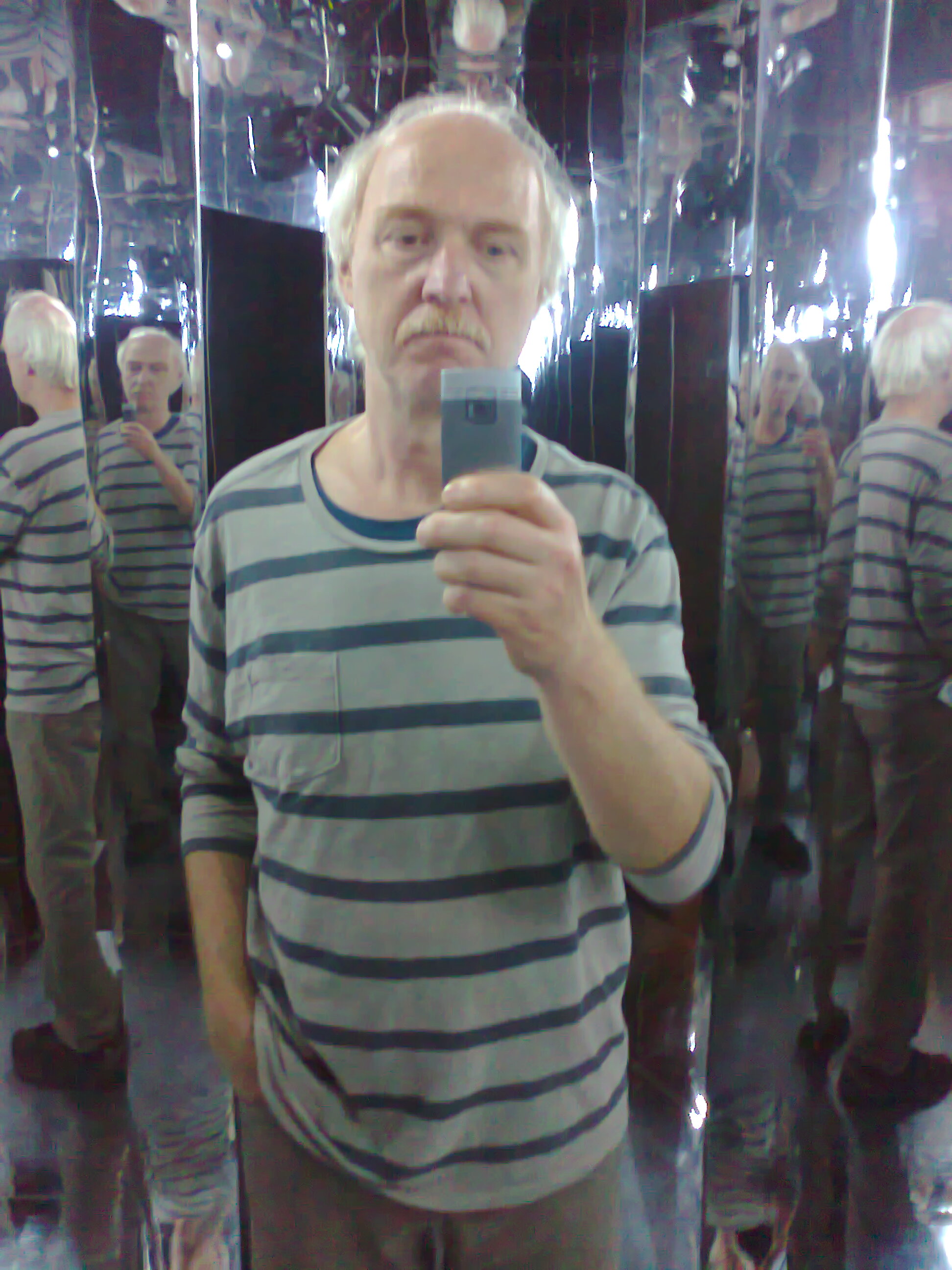
Elég jól éreztem magam Krakkóban, a Villa Deciusban, a csend és a fák vendégeként, és mert éj lett, és a barbárok nem jöttek el.
It was quite good in Krakow in Villa Decius, I was the guest of the silence, of the trees and because night has fallen and the barbarians have not come.
Horváth Viktor
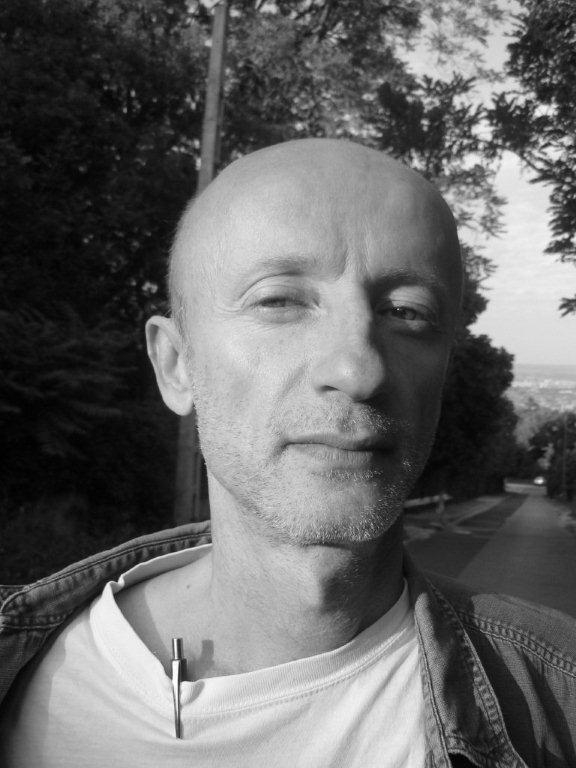
Csomagold be a laptopot,
az epilátort s a beretvát;
meglátod, élvezni fogod;
éljen nagyon Visegrád.
Write it right;
and quest the best;
no boundary no fence;
Visegrad Residence.
Imreh András
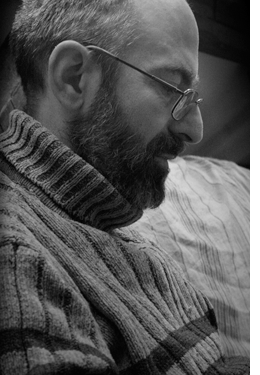
Az elmúlt 10-15 évben elbizonytalanodtam, hogy létezik-e Közép-Európa. Vagy ha létezik, jó-e, hogy van. Aztán eljutottam Visegrádi Ösztöndíjjal Prágába és Krakkóba. Mindkét helyen otthon éreztem magam.
Szóval úgy tűnik, létezik, és nem is baj.
In the recent 10-15 years I've asked myself more and more often whether Central Europe existed at all and if it did whether it was good. Then I had the opportunity to spend 3 months in Prague and then in Cracow with Visegrad Literary Residency Program. I felt like home at both places.
So it seems Central Europe does exist, and that's fine.
Mezei Gábor
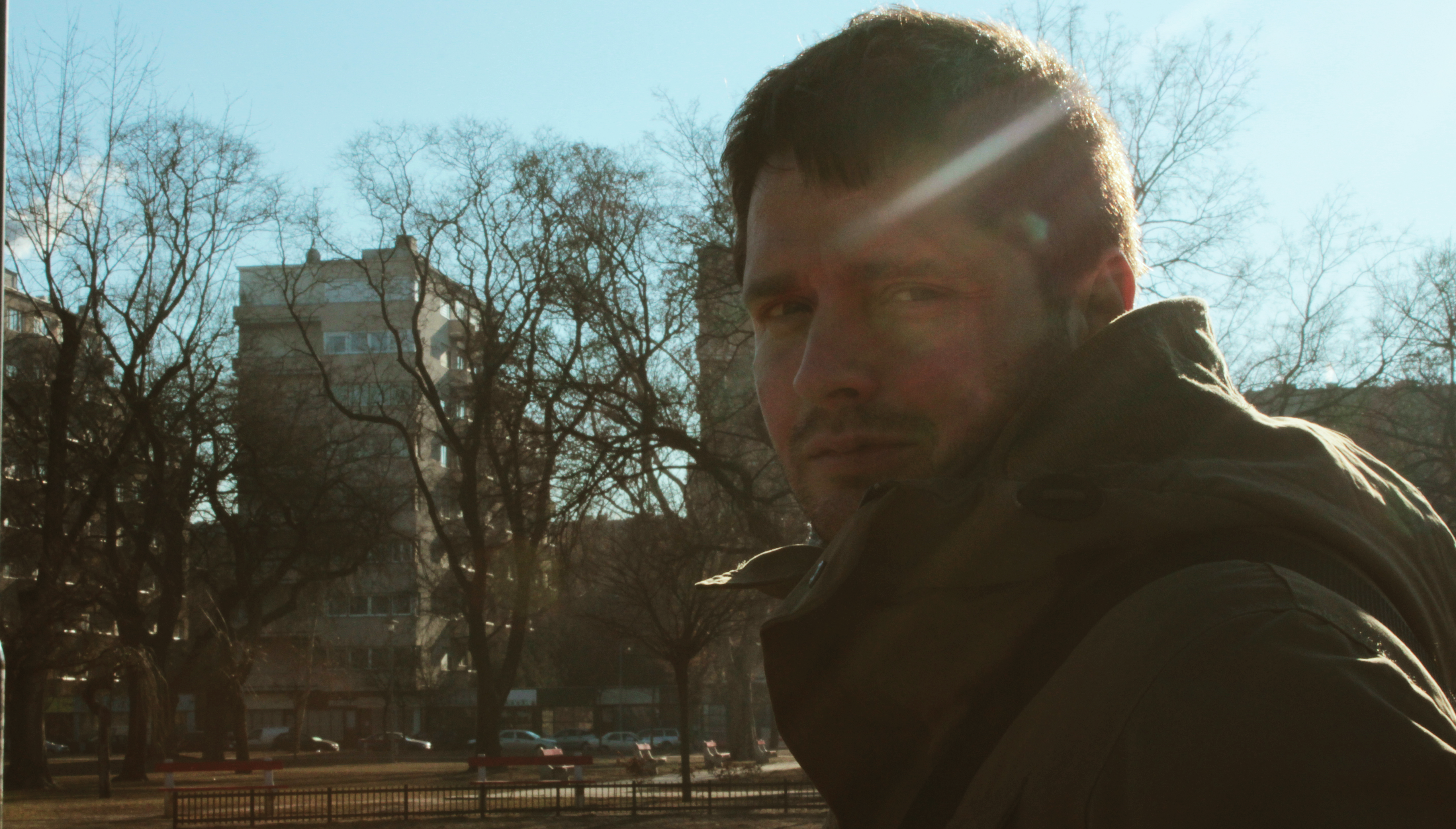
Prága városában tévelyegve jöttem rá, hogy fejeződik be a második kötetem. Hálás vagyok azért a hat hétért, ahogy a másik két rezidens, Anka Herbut és Ondřej Hložek jelenlétéért is.
Losing my way in the city of Prague several times, helped me to find out how to finish my second book. I am grateful for those six weeks, just like for the presence of the other residents, Anka Herbut and Ondřej Hložek.
Morsányi Bernadett
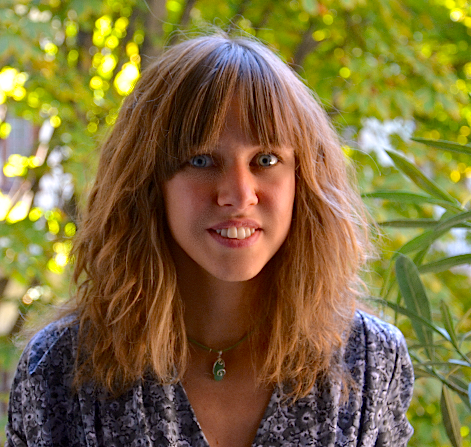
Krakkó címerében egy háromtornyú vár nyitott kapuja látható. A kitárt kapu a város vendégszeretetére utal. A Visegrádi Rezidens Program óta Krakkóról nem a Forte filmeken megőrzött galambok, s főtere, a Rynek Główny jut eszembe, a város nyitottságát és vendégszeretetét a Villa Decius kapuja, hatalmas parkja, s furcsa szobrai jelentik. Bármi megtörténhet, mondja már címében is Marcel Łoziński filmje (Wszysto może się przytrafić); a krakkói filmfesztiválon látott film mottója mára szállóigémmé vált.
In the coat of arms of Krakow one can see the open gate of a castle with three towers, which represents the hospitality of the city. Since I took part in the Visegrad Literary Residency Program, it has not been the pigeons preserved on Forte films and the main square, the Rynek Glówny that first come into my mind. For me, the openness and hospitality of the city is represented by the huge gate of Villa Decius, its great park and amazing statues. Anything can happen, as a title of a film by Marcel Lozinski suggests. The motto of the film I saw at the Krakow Film Festival has become my maxim.
Orcsik Roland
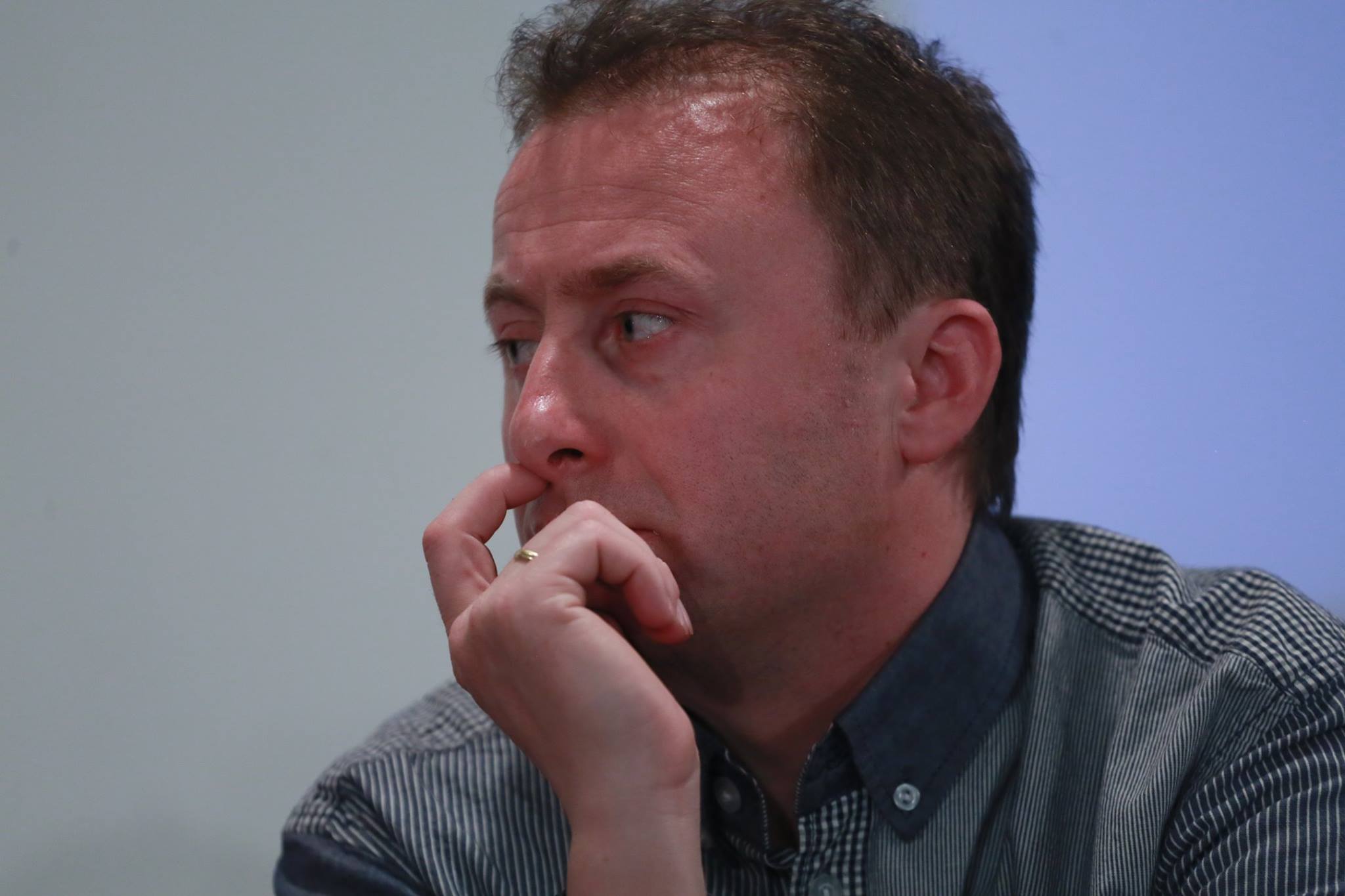
fotó: Bach Máté
Napok óta azon gondolkodom, mit választanék ki a gazdag prágai élményeimből. Másfél hónapot töltöttem az inspiratív városban, megismerhettem a helyi irodalmi szereplőket, az ottani kulturális életet, problémákat. Eljutottam a szokatlan nevű kisvárosba, a Vrané nad Vltavou-ba (Varjak a Moldva fölött), ahol különbőző cseh művészek egy régi papírgyárat béreltek ki, hogy ott alkotói műhelyeket tartsanak. Ott van többek között a nemzetközi Divus nevű folyóirat szerkesztősége, az összeművészeti AutopsiA projektum munkái stb. Továbbá jó kapcsolatokat építettem ki a többi pályázóval, közös publikációs-és rendezvény-terveink vannak.
I was thinking what I could choose from my rich experiences in Prague. I spent one and half month in that inspiring city, I met the local literary actors, I’ve learned a lot about the Czech cultural life and problems. I was in a small city with the unusual name „Vrané nad Vltavou” (Crows above Moldava), where in an old and abandoned paper factory you can find several artistic workshops. Among others you can find there the editoral of the international artistic magazine „Divus”, and the works of the multi-artistic project „AutopsiA”. I’ve also estabilished good contacts with the other residents, we have plans for the future: literary translations and special events.
Orzoy Ágnes
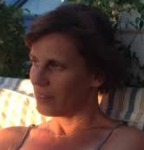
Hat hétig együtt lakni a cseh, szlovák és lengyel kollégákkal nagyon inspiráló volt – a köztünk levő hasonlóság elég volt ahhoz, hogy könnyen megértsük egymást, a különbségek pedig, hogy minden beszélgetésünk izgalmasak legyen, tele meglepetéssel.
Living with Czech, Slovakian and Polish colleagues for six weeks was very inspiring – we were similar enough to easily understand each other, and different enough to make each conversation intriguing and full of surprises.
Szlukovényi Katalin
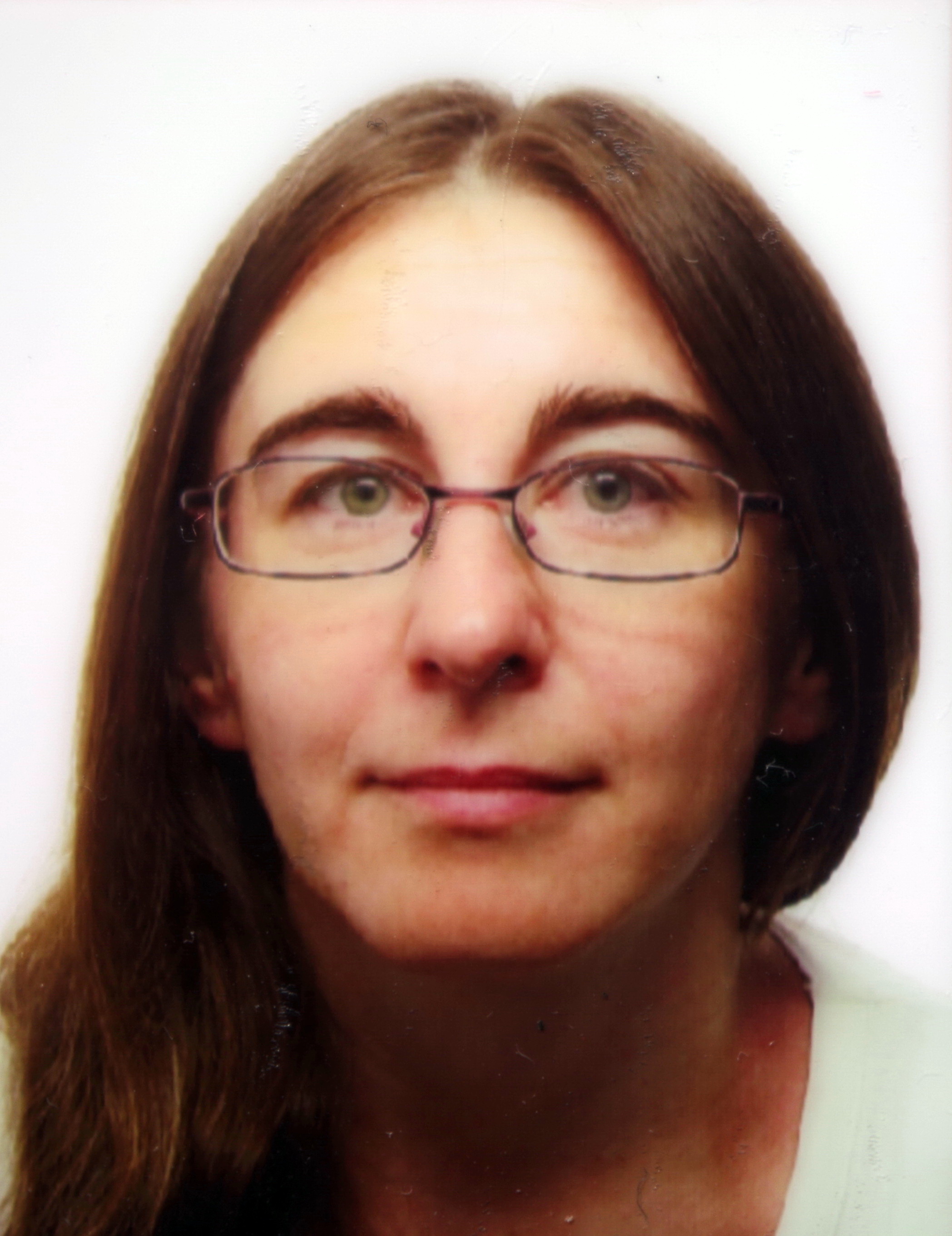
„Itt lépten-nyomon érzem a történelmet, az utcák mostani térképe alatt tapinthatóan ott feszülnek az egykori rétegek, szinte ugrásra készen: átsejlik a közös múlt az épületek otthonira emlékeztető homlokzatain, a feliratokon, az ismerős gesztusokon, az ételek ízén. Mintha az ember az utcán nemcsak térben, hanem időben is haladna. Mintha nemcsak ő járna a városban, hanem a város is benne, kifürkészhetetlen utakon.”
(Színe-fonákja)
“Here I feel history with every step I make in the streets. I can almost touch former layers bulging from under the current map: our shared history shines through the buildings’ facades reminiscent of one’s homeland, through the familiar inscriptions and gestures, or the taste of food. As if you were taking a walk not only in space but also in time. As if not only you were walking in the city, but the city in you as well, simultaneously, along unfathomable ways.”
(Front and Reverse)
Térey János
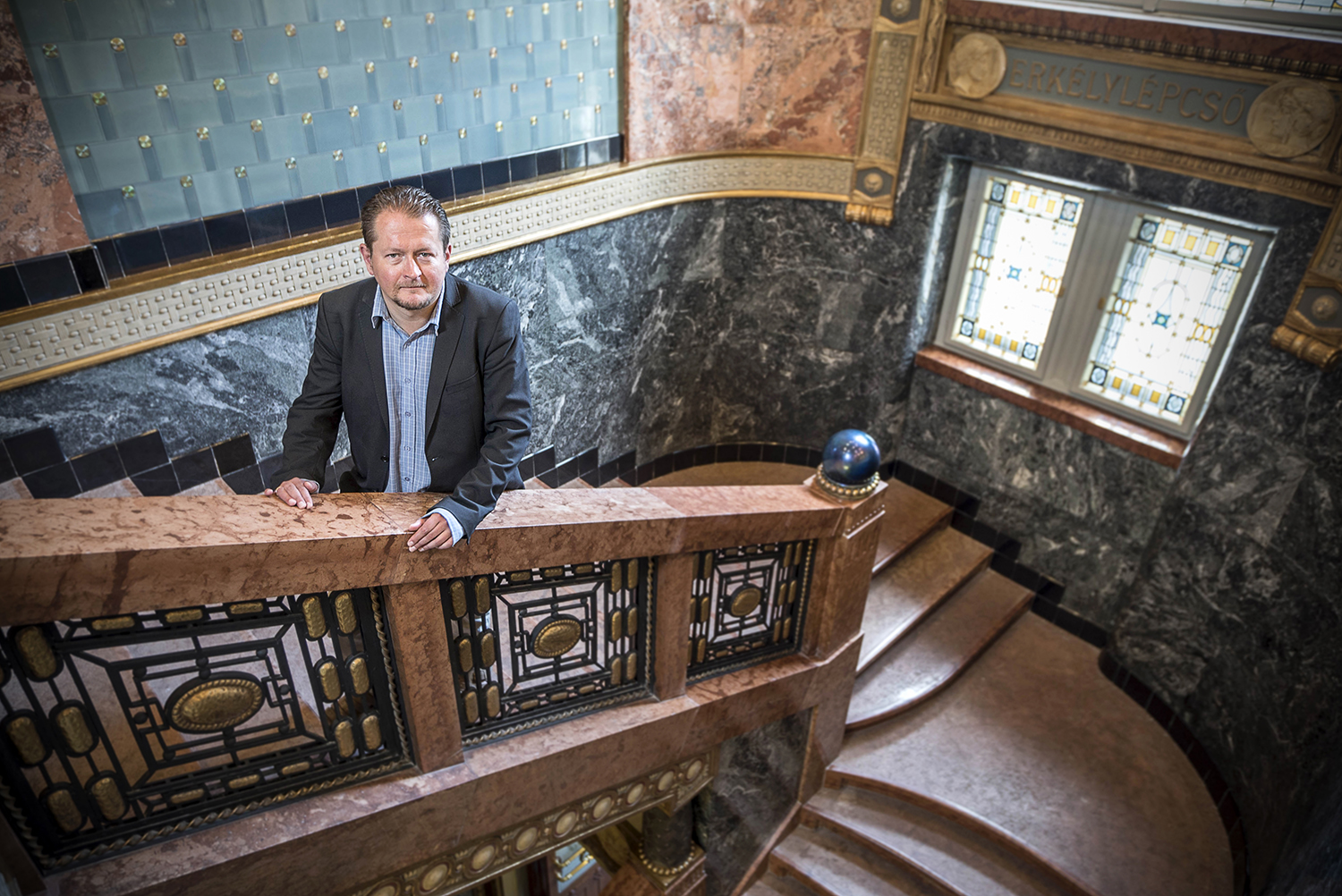
fotó: Valuska Gábor
"Kemény művészet kell, hogy összetartsa
A gazdátlanul tengő anyagot."
TJ: A gyönyörű gyár
"It’s a hard craft to cultivate
Stuff tending untended to rust or compost."
Transl. by Antony Dunn
Totth Benedek
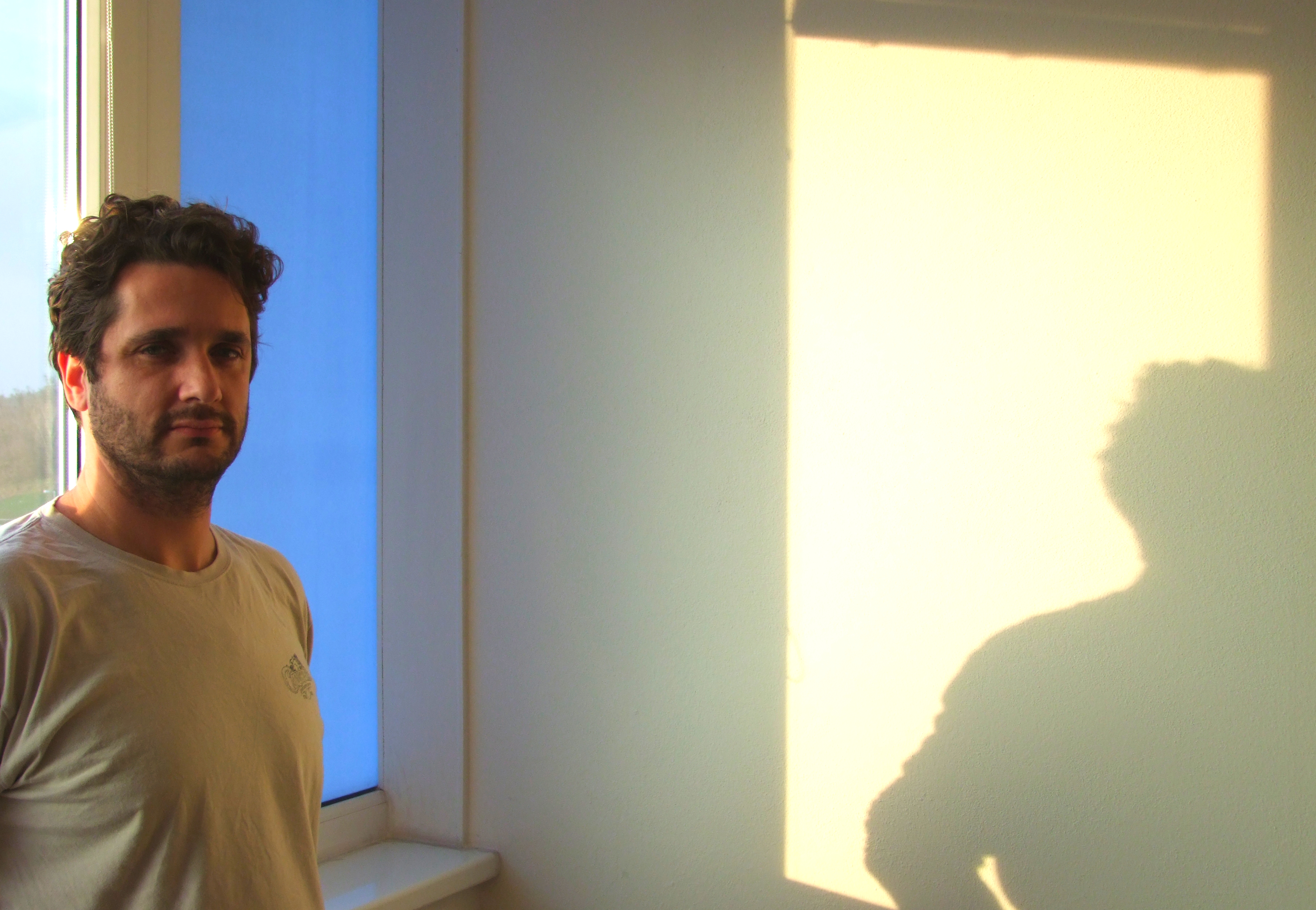
fotó: Kiss Tibor Noé
Egy új regény számos fejezete született meg a három hónapos rezidens program alatt, de a tét ennél jóval nagyobb volt. Ez alatt az időszak alatt, a második regénnyel való vajúdás közben az is eldőlt, hogy tényleg író lehet belőlem. Mindez sokkal tovább tartott volna, ha nem jutok ki Pozsonyba.
Several chapters of my new novel were written during my three-month-long stay in Bratislava as a Visegrad Resident but there was much more at stake. During this period, while struggling with my second novel I realized that I might really become a writer one day. It would have taken much more time if I couldn't take part in the program.